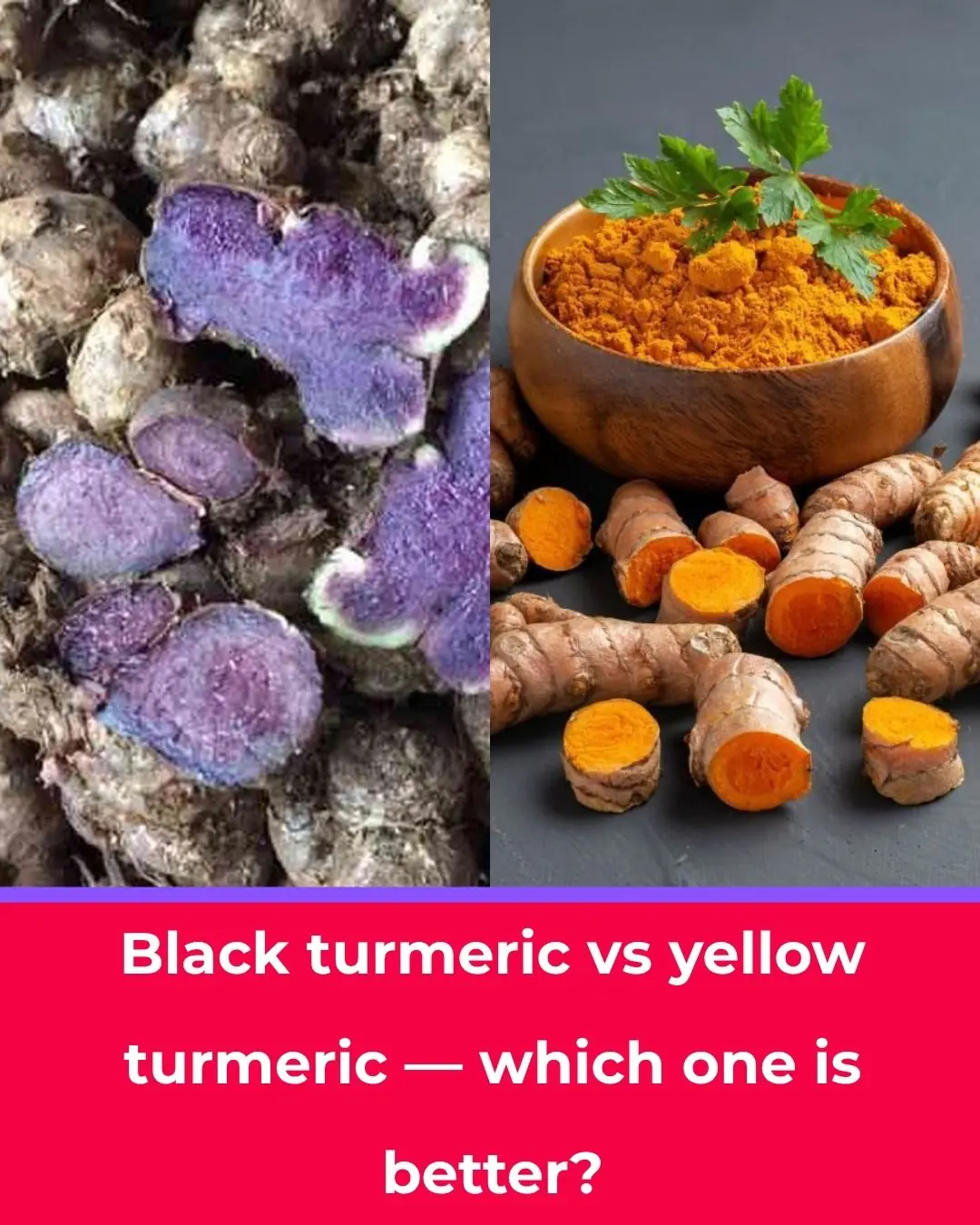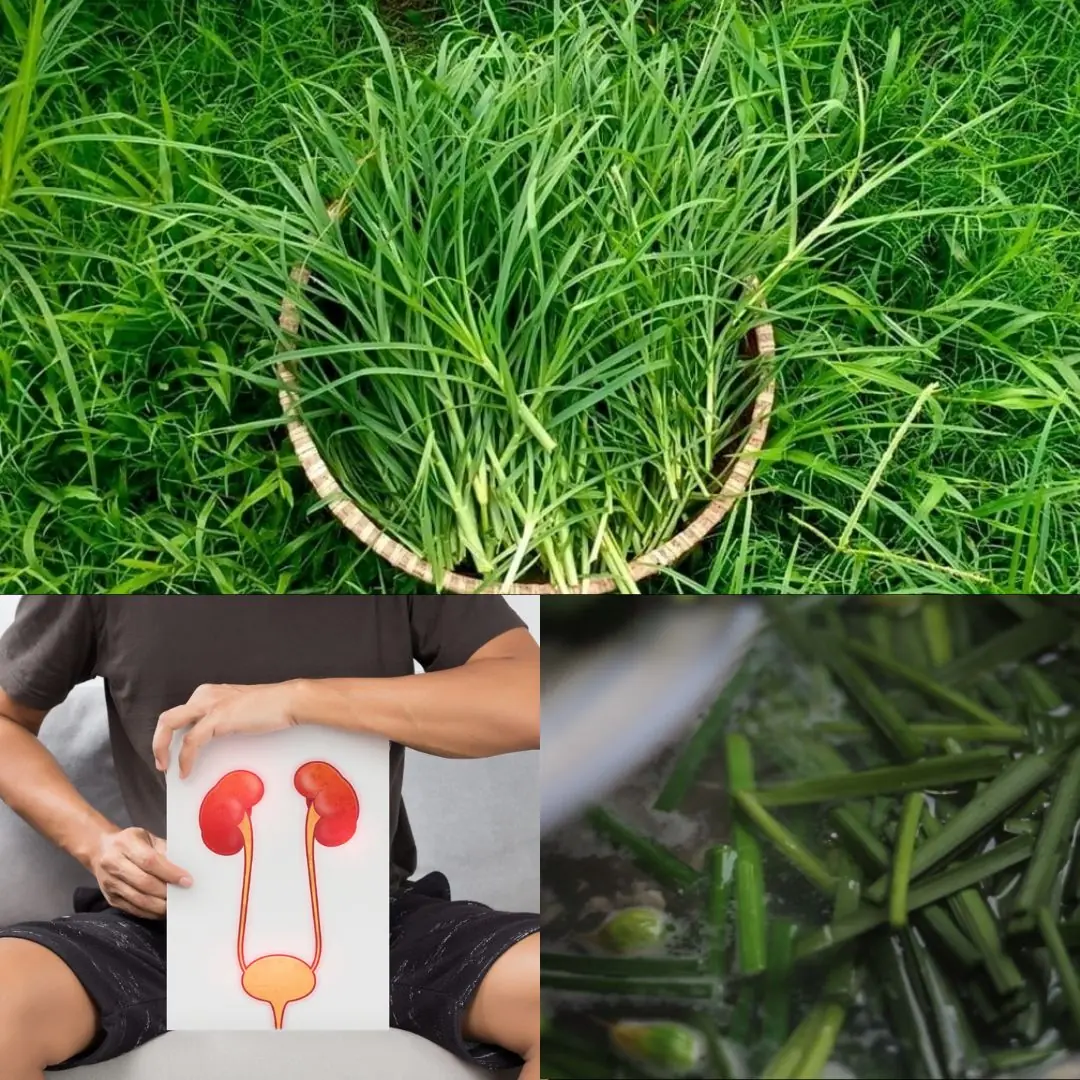
3 Flowers That Make Snakes Tremble — Natural Repellents You Can Grow at Home
Nature has always offered more than just beauty — it’s also a source of natural protection. Beyond their vibrant colors and soothing fragrances, some flowers possess remarkable abilities to repel snakes, thanks to their strong scents, natural oils, or soil chemistry that snakes instinctively avoid.
According to National Geographic and BBC Earth, snakes rely heavily on their sense of smell and chemical cues in the environment. When a plant emits strong volatile oils or sulfur compounds, snakes interpret them as unpleasant or even threatening, prompting them to slither away in search of more comfortable surroundings.
By growing these three powerful flowering plants around your garden, porch, or walkways, you can create not only a lush and colorful outdoor space but also a natural barrier that helps keep snakes at bay — safely, beautifully, and sustainably.
1. Seven-Leaf Flower (Aesculus chinensis) — A Symbol of Balance and Protection
Known in Vietnamese folklore as “Thất diệp nhất chi hoa,” or “the seven-leaf flower,” this plant has long been regarded as both an ornamental beauty and a spiritual guardian. There’s even an old saying: “Keep seven-leaf flowers at home, and venomous snakes won’t come near.”
While this belief may sound mythical, it’s grounded in observable behavior. Snakes typically avoid plants with strong or unfamiliar scents, and Aesculus chinensis naturally emits a subtle but distinctive fragrance that irritates their chemical receptors (Gardening Know How).
The plant’s symmetrical, emerald-green leaves form a graceful pattern, while its small greenish-white flowers blend elegantly with the foliage. In traditional medicine, extracts from the leaves and seeds have been used to soothe snakebites and inflammation — evidence of the plant’s long association with protection and healing (Journal of Ethnopharmacology).
Planting the seven-leaf flower near entrances, gardens, or fences not only enhances visual appeal but also introduces a light herbal aroma that snakes dislike. It’s a perfect blend of aesthetics, culture, and natural defense.
2. Marigold (Tagetes erecta) — The Bright Defender
Few flowers are as cheerful and widely loved as marigolds, with their golden-orange blossoms that brighten any garden. But beneath their beauty lies a powerful defense mechanism. Marigolds release a pungent scent produced by thiophenes and sulfenyl compounds, which are known to deter snakes, nematodes, and many garden pests (Better Homes & Gardens).
Research shows that marigold roots exude natural chemicals that penetrate the soil, creating an underground barrier that disrupts the sensory systems of reptiles and insects (Journal of Agricultural and Food Chemistry). Snakes find this environment unpleasant and tend to avoid it altogether.
In addition to keeping snakes away, marigolds are also natural mosquito and insect repellents — making them an all-around protector for your home. They thrive in full sunlight and well-drained soil, requiring minimal maintenance. Planting marigolds along fences, doorways, or garden beds not only brings vibrant energy but also forms a fragrant line of defense against unwanted visitors.
3. Garlic Vine (Allium tuberosum / Mansoa alliacea) — The Fragrant Snake Shield
If there’s one scent snakes absolutely can’t stand, it’s garlic. The garlic vine, also known as lan tỏi in Vietnamese, releases a sharp, garlicky aroma whenever its leaves are crushed or brushed — an odor potent enough to drive snakes away naturally.
This climbing plant, native to South America and now popular in tropical Asia, produces soft lavender or white trumpet-shaped blooms that cascade beautifully over walls and trellises. Its leaves contain allyl sulfide compounds, similar to those found in garlic and onions, which act as effective natural repellents (Healthline; Gardening Know How).
When planted around fences or the edges of gardens, the garlic vine’s oils seep into the surrounding soil, creating an invisible aromatic barrier that discourages snakes from entering. Additionally, the scent deters mosquitoes, flies, and ants, making it one of the most practical plants to grow for home protection.
Aside from its pest-repelling powers, the garlic vine is edible and medicinal. Its leaves can be used as a cooking herb or brewed into teas for their antimicrobial benefits — a perfect example of nature’s multifunctional design.
A Natural, Safe, and Beautiful Solution
Unlike chemical repellents that can harm pets, soil, or beneficial insects, these plants provide a gentle, eco-friendly alternative to keeping snakes away. By strategically planting them around your home — near entrances, under windows, or along garden paths — you can maintain a sense of safety without sacrificing aesthetics.
As BBC Gardening notes, biodiversity in your yard plays a major role in balancing local ecosystems. Using naturally repellent plants not only protects your family but also respects nature’s harmony — allowing beauty, safety, and sustainability to coexist.
So, the next time you think of gardening, consider adding these three humble heroes: the elegant Seven-Leaf Flower, the cheerful Marigold, and the fragrant Garlic Vine. Together, they create a shield of color and scent — a living wall that makes even the bravest snake think twice before slithering in.
References:
World Health Organization; National Geographic; BBC Earth; Better Homes & Gardens; Gardening Know How; Journal of Agricultural and Food Chemistry; Journal of Ethnopharmacology; Healthline.
News in the same category


You’re Taking Iron Supplements Wrong — Here’s the Science-Backed Way to Do It Right

Never Mix Medications in One Box: 10 Serious Risks Most People Don’t Know

The Right Way to Take Ashwagandha: A Science-Backed Guide to Unlock Its Full Potential

‘One Less Thing That I Have to Think About’: Michelle Obama Dishes on Life After the White House and the Freedom That Came With It

78-Year-Old Grandmother Is Inspiring Others To Stay Active Through Powerlifting

Coco Gauff Donates $100K to UNCF to Fund Scholarships for HBCU Tennis Players

Honoring Revolutionary Audre Lorde: The Poet Who Dared Us All To Be Powerful

5 Black YouTube Channels That Make Exercising Fun For Beginners

Grant Hill and Chris Webber Join Ownership Group to Bring WNBA Team Back to Detroit

Remembering Civil Rights Titan and Congressman John Lewis

Boiling Sweet Potatoes: Don’t Just Add Plain Water—Add This Spoonful for Perfectly Fluffy, Sweet Results

The Science Behind Putting a Cotton Swab in a Menthol Oil Bottle

More People Are Struggling with Visceral Fat — Doctors Reveal 9 Foods That Help Burn It Naturally

Black Turmeric vs. Yellow Turmeric: Which One Is Better?

Like to see more from Tips for the Home

I Had No Idea About This!

These Ideas Are Amazing: 10 Clever Ways to Use Dryer Sheets Beyond the Laundry Room
News Post

The #1 Food for Detoxifying and Supporting Kidney Health

Dark Chocolate and Tea Found to Significantly Lower Blood Pressure

Why This Doctor Refuses to Prescribe Statins for High Cholesterol

Top 5 Foods to Avoid if You Have High Blood Pressure

Why You Should Sprinkle Salt on Your Gas Stove

You’re Taking Iron Supplements Wrong — Here’s the Science-Backed Way to Do It Right

Nana’s Baking Soda Hack: The Surprisingly Effective Trick to Soften and Thin Thick Toenails

Never Mix Medications in One Box: 10 Serious Risks Most People Don’t Know

The Right Way to Take Ashwagandha: A Science-Backed Guide to Unlock Its Full Potential

Shrimp injected with impurities is easy to distinguish: Smart people will see this point

Tips for cleaning an air fryer without scrubbing and still clean as new

25 Incredible Health Benefits of Goosegrass

The water pipe is clogged, just blame this and it will be solved easily, no need to waste money calling a plumber.

How to clean the bathroom easily and effortlessly: It will stay clean and fragrant all week long

Simple tips for making crispy roast pork skin without much effort: Golden brown, crispy skin like in restaurants

How bathing too often can affect your health

Dirty sofa, do not use wet towel to wipe: Use this to clean it, it will not be damaged

Drop this into the basin, clams and snails will release all the mud and dirt, making them 5 times more fattening.
